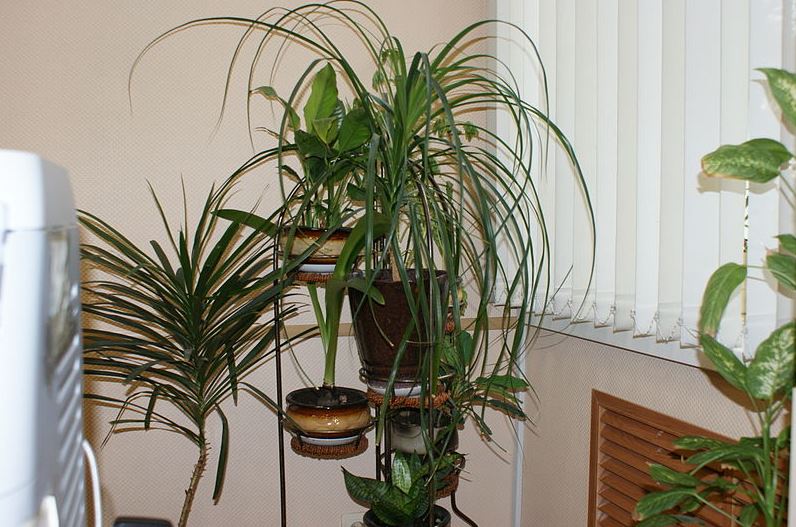For better or for worse, humans spend a lot of time indoors. Inhospitable weather and the practical demands of earning a living often separate us from the natural world more than we might like. The good news is that the flora of the earth can comfortably occupy our premises — with a little help. In so doing, these plants reduce stress, spur intellectual creativity, help clean the air inside and enhance concentration. These scientifically-supported conclusions should inspire homeowners and property managers to populate their dwellings with abundant plant life. Keeping these flowers, shrubs and greenery in robust condition with the following eight guidelines ensures the continuation of their benefits. Meanwhile, to learn more about the Beauty of calathea plant and its proper care, open the given link.
1. Optimize the Light — Even the leaves of root vegetables need light. In fact, the more brightly hued the plant, the more light it demands. Therefore, placing the plants in strategic locations from which they can absorb the most sunlight is essential. In the same vein, rotating the orientation of the plant on a daily basis allows it to receive that crucial source of nutrition in a uniform manner. Care should be taken, though, in the dog days of summer, to move the plant during the hottest hours of the day.
2. Apply Moisture Carefully — Many who mist their plants do so indiscriminately. Ideally, a humidifier is the best way for moisture to be absorbed. Absent that, a shallow dish of pebbles and water, with just enough H2O to touch the bottom of the pot, is an effective method to slake the plant’s thirst. Ice cubes melting atop the soil is another productive technique. Nevertheless, misting serves to cleanse and freshen leaves and foliage. Therefore, employ mist for that purpose rather than as a sole source of water.
3. Use an Emulsion for Leaves — The leaves on the flora can achieve a brilliant sheen when an emulsion is lightly added. Lightly swabbing each leaf with a soft cloth — that is moistened with a 50/50 solution of water and milk — will make the leaves glisten without causing any obstruction in the pores. A small amount of mayonnaise applied with a paper towel can yield a similar effect.
4. Re-Pot when Necessary — Just like a car eventually wears out and needs replacement, so too does a plant’s house, i.e. the pot. Signposts for re-potting are as follows:
- Newer leaves are much smaller than older ones.
- Soil dries rapidly or water is seen running down the inside of the pot without getting absorbed.
- Root growth extends through the pot’s drainage holes.
- Roots coil very tightly, drawing inadequate nutrition from the soil.
5. Prepare for Vacations — Before leaving home for an extended period, attend to the plant’s long-term needs. First, water it well; then, place the pot atop a plush towel so the drainage holes have contact with the fabric. Putting both pot and towel in a washbasin or bathtub, allow cold water to drip slowly onto the towel. Subsequently, the plant will take up moisture from the wet towel. Oh, and, remember to shut off the water before you leave!
6. Read to the Plants — That is correct, reading to plants offers a two-fold benefit. On the one hand, if you are able to read with natural light, you know that the plant is getting sufficient light itself. Reading, or even talking, to plants conveys your carbon dioxide upon them, helping their gas exchange cycles to maintain energy. As odd as it may look, reading to plants helps them stay healthy.
7. Tea and Sympathy — Adding tea leaves to soil serves as potent fertilizing. Tea contains tannic acid and nitrogen that make the soil more arable and nutritious. Substituting brewed tea for water, or mixing tea leaves with the soil, is healthy as long as you test the soil pH levels regularly.
8. Remember to Prune — plants do best when pruned in the spring although some plants respond better to autumn pruning. Check with the knowledgeable and experienced staff at The Plant Bunker for the most advantageous timing.
Author’s Bio: Lisa Eclesworth is a notable and influential lifestyle writer. She is a mom of two and a successful homemaker. She loves to cook and create beautiful projects with her family. She writes informative and fun articles that her readers love and enjoy. You can directly connect with her on email – lisa@lisaeclesworth.com or visit her website www.lisaeclesworth.com.

